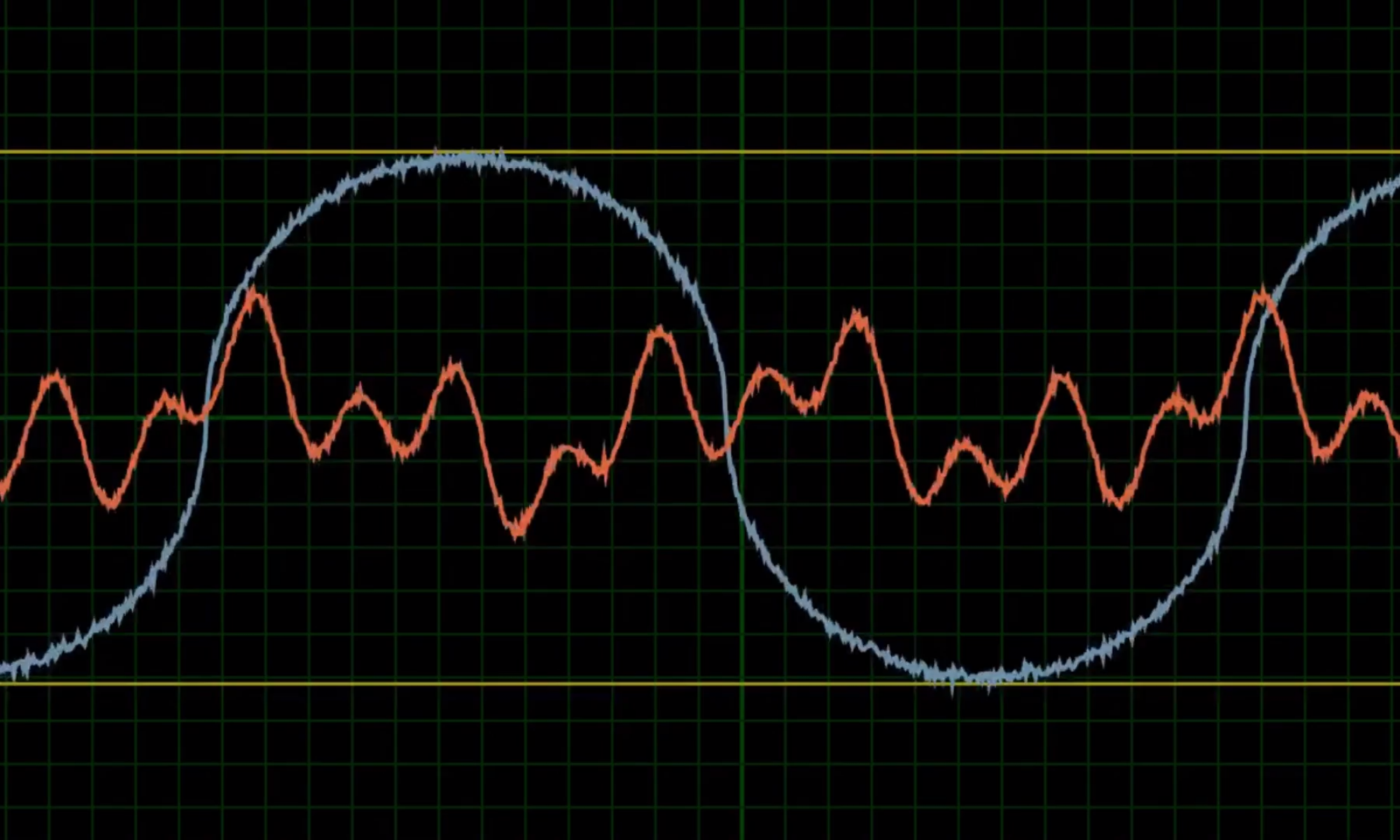Link to YouTube video
Piezoelectric vibration measurement systems (PVMS) are conventional equipment for condition monitoring but they are high cost due to equipment and cabling costs. Why don’t we use commercial-off-the-shelf (COTS) micro-electro-mechanical system (MEMS) vibration measurement system (VMS) as an alternative? These COTS-MEMS VMS have lower cost, no external power/communication cables, and are self-contained with the sensor, power and data storage in a single portable enclosure.
This work is one of very few to compare the performances of a wireless COTS-MEMS VMS, COTS-MEMS VMS with local storage only and a PVMS. Performance of all VMS is measured in terms of frequency spectrum comparison, noise floor, data loss, and use conditions such as mounting and data collection. Testing was conducted in a) a controlled environment using an isolated vibration shaker, and b) two industrial applications on a centrifugal fan and pump. Results show the COTS-MEMS VMS have comparable results with PVMS in the range of 5 Hz to 1.5 kHz sinusoidal input on a vibration shaker. The pump test demonstrated that the high noise floor on both the COTS-MEMS VMS prevented detection of operating frequency. An imbalance was induced in the fan to increase the amplitude at the operating frequency by an order of magnitude which both the COTS-MEMS VMS were able to detect. The wireless COTS-MEMS VMS suffers from data loss due to the use of the UDP protocol. Post-processing a sample with data loss causes spectral leakage and higher noise floor in the frequency spectrum and it must be avoided. Both COTS-MEMS VMS perform comparably with the PVMS when the vibration amplitude is discernible from its noise floor and when there are no losses in the data sample.
Author: Carlin Lapuz, Master of Professional Engineering (Mechanical) 2020

